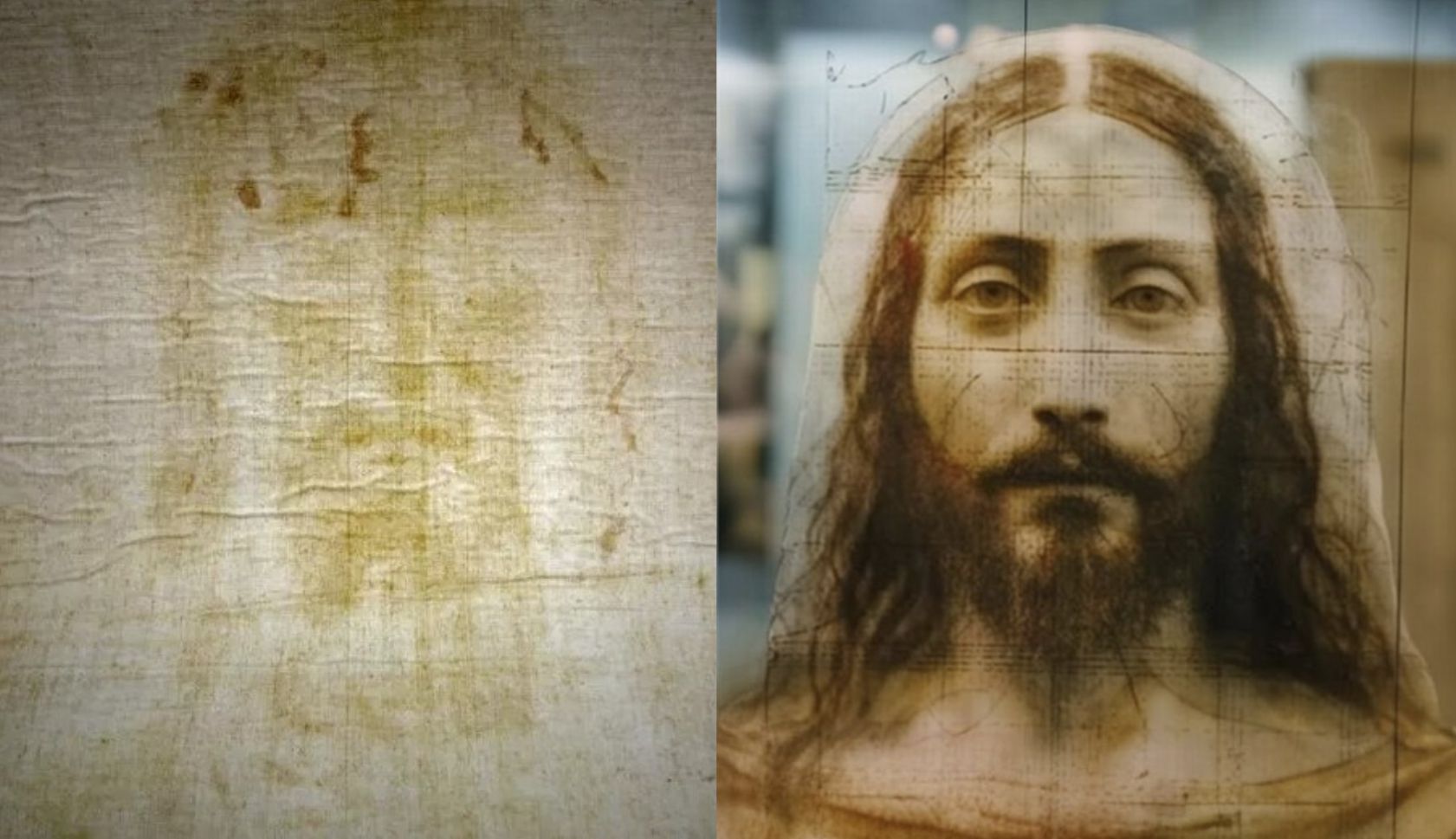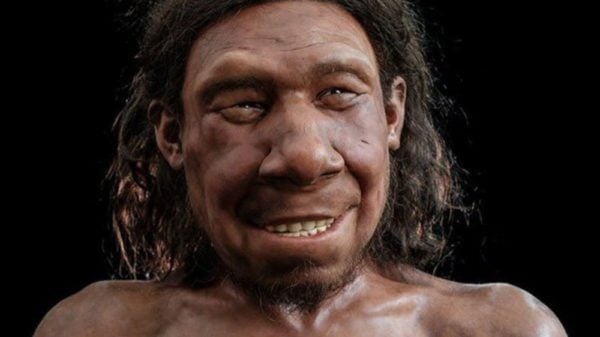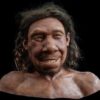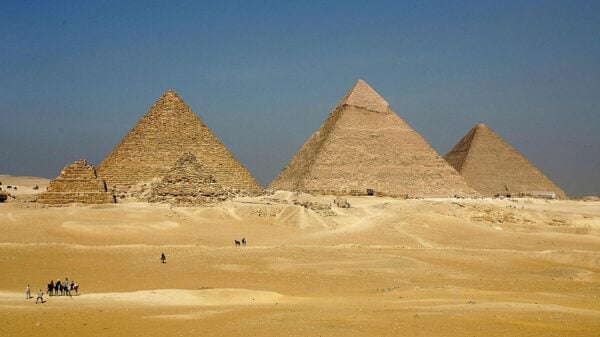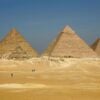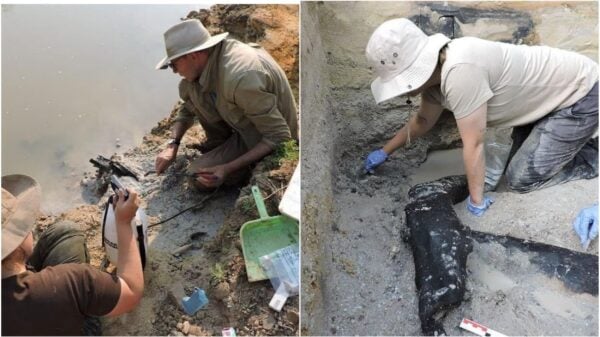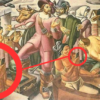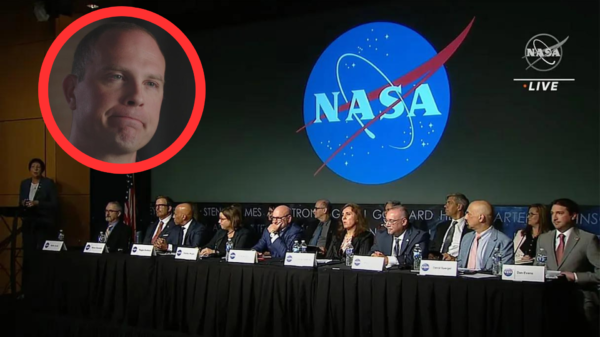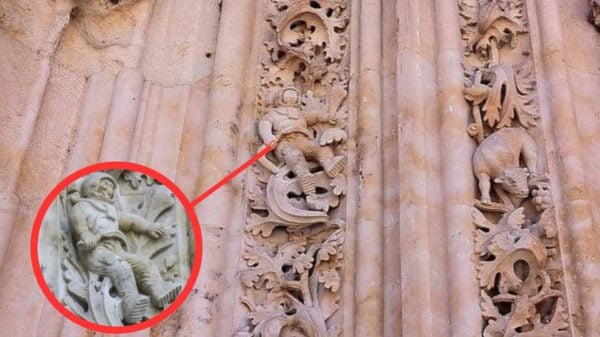For centuries, the Shroud of Turin has been believed to be the actual linen cloth used to cover Jesus Christ after his crucifixion. Also known as the Holy Shroud, the historical relic seemingly features a faint imprint of a man’s face. The Catholic Church holds the Shroud of Turin in high regard based on the belief that it was buried along with Jesus, who miraculously rose from the dead to signify that he was the true son of God. The facial imprint on the cloth is consistent with that of someone who suffered a death crucifixion, further cementing the assumption that it is the face of Jesus that appears on the fabric.
With the advancement of technology, artificial intelligence has been able to create an image of what the shroud would look like if the imprint of Jesus’ face was more prominent. The AI image was produced by Midjoureny software in an effort to commemorate the 90th anniversary of the shroud being put on display to the public. The AI representation shows a man with long hair and a beard, which perfectly matches the description of Jesus throughout history. The company that generated the AI image insists that their creation is what Jesus of Nazareth “really looked like.”
Due to the Holy Shroud likely dating back to the first century, the true historical relevance of the Shroud of Turin remains a mystery. While some firmly believe that the linen was the burial cloth of Jesus, others are skeptical of its actual origin. While AI is a fascinating tool, it is still a budding technology with many flaws that still need to be worked out. Blindly trusting in AI’s capabilities may not be the most logical route to take.
Author Clinton S. Thomas is less than convinced that the AI likeness of Jesus’ face is a valid representation of what he would have looked like many centuries ago. Thomas pointed out that AI scours the internet to draw inspiration from various sources. Most depictions of Jesus show him with long hair and a beard, and AI would have likely taken that into consideration when conjuring up an image of its own. “The AI, depending on the access it had, was likely to reference several popular images of Jesus in addition to the Shroud before making a picture. The Shroud gives no specific indication of eye color, skin color, hair color, or clothing,” said Thomas.
Filmmaker Christian Newlands is also on the fence about the AI-generated image of Jesus. “Interesting,” he said. “There’s no confirmed historical record of Jesus having long hair though. The long hair descriptions stem from early depictions of Him from paintings of people in that time. In addition to His depiction, the description of Him in the book of Revelation is a description of Jesus resurrected, not living.” Newlands further pointed out the obvious downside to relying on AI for error-free information, saying, “No matter how accurate AI may like to be, it can’t be that accurate if the information that gets processed are only depictions.”


